Description
Motorola MVME167-32B: Keeping Legacy VME Systems Running Smoothly
If you’re still running industrial control racks from the late 90s or early 2000s, you’ve probably wrestled with sourcing replacements for these Motorola workhorses. The MVME167-32B isn’t flashy new tech—it’s your lifeline for maintaining critical systems that never made the jump to modern architectures. From my experience supporting power plants and factory floors, this PowerPC 603e-based board (166MHz, to be precise) handles real-time control tasks in legacy VME crates when newer alternatives would cost six figures to integrate. One thing I appreciate is how its SCSI interface plays nice with those aging tape backup systems you didn’t budget to replace.
Why This Board Still Matters
- ✓ VME64 Compatibility – Slides right into your existing 6U crate without adapter headaches. Typically handles 32-bit data transfers at 40MB/s, which is often enough for motion control loops that haven’t changed in 15 years.
- ✓ Ruggedized for Industrial Use – You might notice the conformal coating on test units we’ve pulled from the field. Survived dust in cement plants and humidity in paper mills where office-grade boards would’ve failed.
- ✓ Legacy I/O That Just Works – Two RS-232/422 ports and SCSI-2 mean you’re not rewriting decades-old PLC communication code. A client last month used it to keep a 1998 bottling line running while waiting for budget approval on a full upgrade.
- ✓ Predictable Power Draw – Sips 5V at 3.5A max. In many cases, this lets you avoid rewiring your VME power supply when replacing failed boards.
Technical Snapshot
| Specification | Details |
|---|---|
| Brand/Model | MOTOROLA MVME167-32B |
| HS Code | 8537.10.0000 (Industrial Control Boards) |
| Power Requirements | +5V DC @ 3.5A max (VME crate standard) |
| Dimensions & Weight | 233.4 x 160 mm (6U), 0.7 kg |
| Operating Temperature | 0°C to 55°C (commercial temp range) |
| Key Interfaces | VME64 bus, SCSI-2, 2x RS-232/422, Ethernet (10Base-T) |
Where You’ll Actually Use This
Think nuclear plant monitoring systems that predate Y2K compliance, or automotive paint shops where the robot controllers haven’t changed since the Clinton administration. I’ve seen these in railway signaling cabinets in Germany and pulp mill control rooms in Canada—places where system validation costs would dwarf the hardware budget. It’s not for greenfield projects, but if your facility still uses VME crates, this board keeps the lights on while you negotiate that multi-year modernization grant.
Your Procurement Edge
From a cost perspective, this isn’t about saving money upfront—it’s about avoiding six-figure integration overhauls. The real value? Knowing it’ll slot into your existing VME64 backplane without custom drivers. We test every unit with actual VME traffic patterns (not just bench power-ups), so you’re not gambling on compatibility. And yes, it still meets CE and UL 61010-1 safety standards for industrial equipment—you’ll find those marks stamped on the board edge. Warranty starts at shipment (365 days), which matters when you’re installing this during a critical plant shutdown.
Installation Reality Check
Don’t just drop this into any old crate—it needs proper VME64 cooling (min 100 LFM airflow). I’ve seen shops cram these into non-ventilated enclosures only to get intermittent resets. Use standard 0.150″ pin headers for backplane connections, and verify your power supply can handle the inrush current. Maintenance is refreshingly simple: dust it out quarterly, check for capacitor bulging (rare on these), and keep firmware updated via the serial port—though many sites run the original 1997 bootloader just fine. One caveat: that SCSI interface won’t handle modern LVD drives, so stick with SE or HVD peripherals.
Getting It Running for You
We ship tested units with basic documentation (no CD-ROMs—scanned PDFs only). In-stock orders ship within a week via FedEx/UPS/DHL—no waiting months for obsolete part scavenging. Payment’s straightforward: 50% to lock it in, balance before we ship. And that 365-day warranty? Covers field failures, not “I changed my mind” scenarios. If you’re maintaining legacy infrastructure, this is the unglamorous but essential piece that keeps decades-old systems humming.

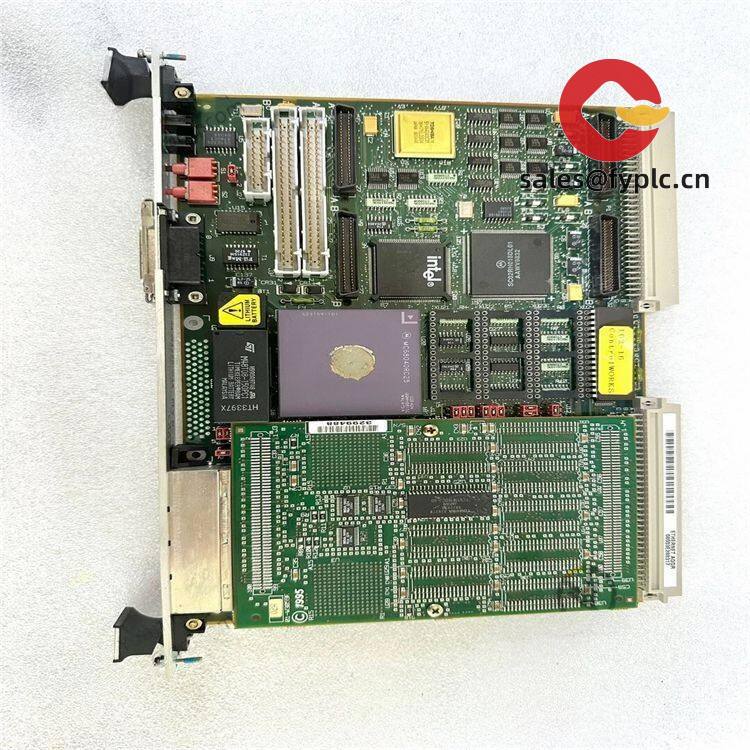
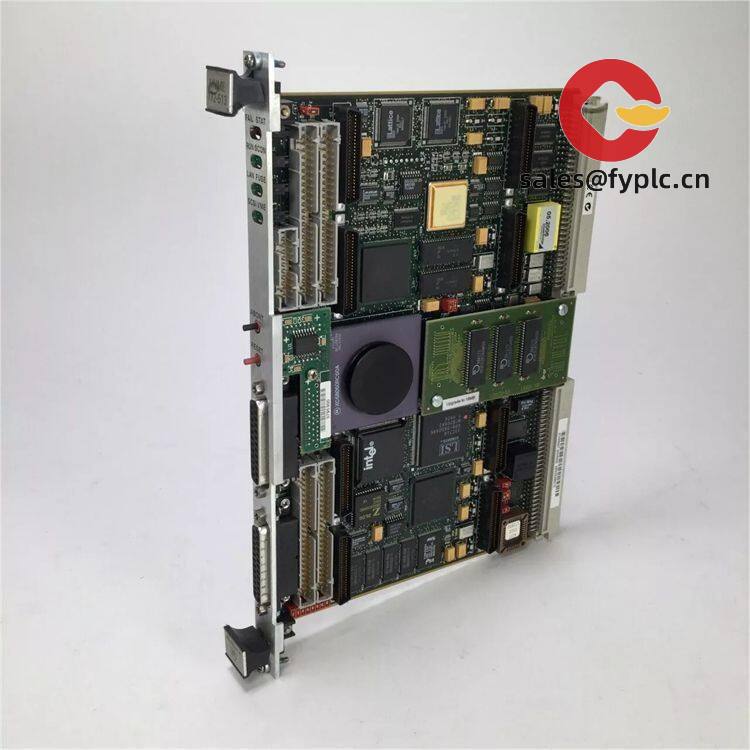

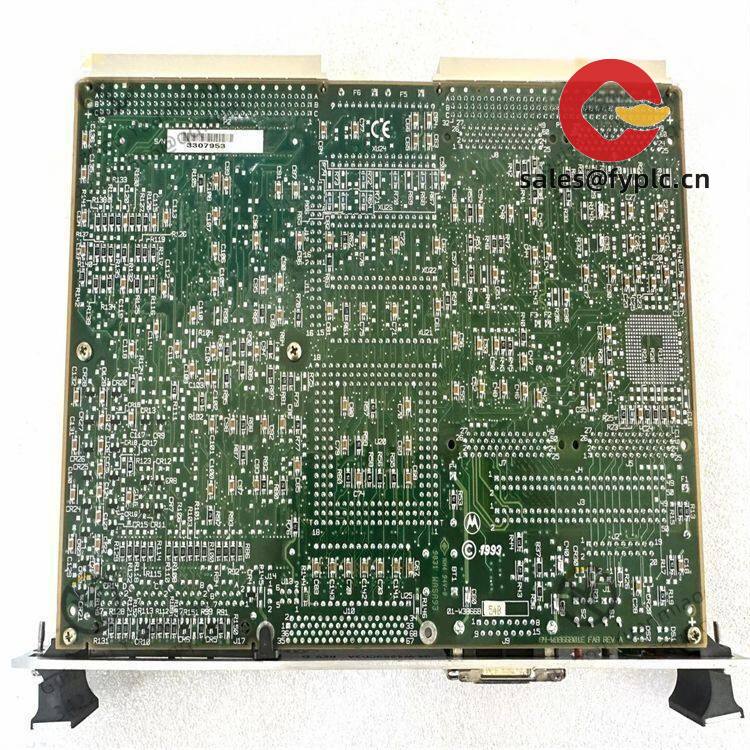
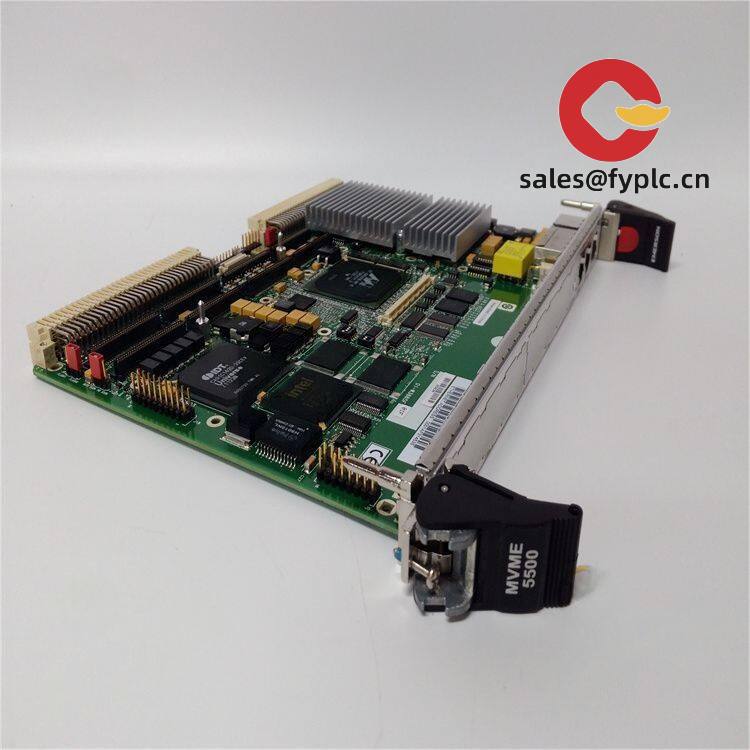
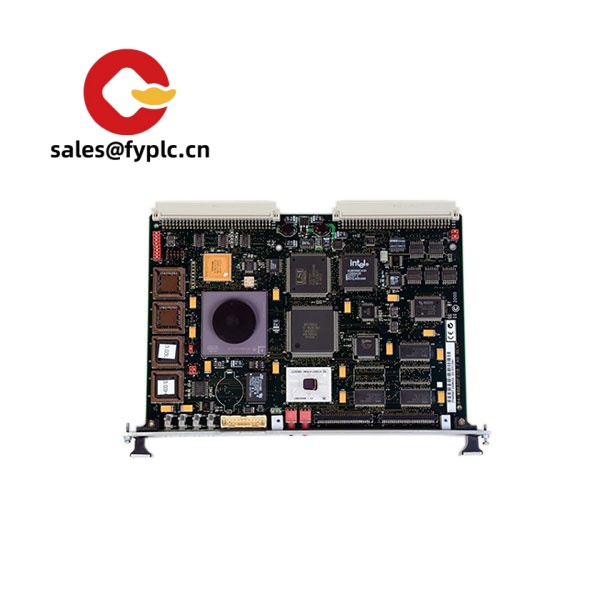
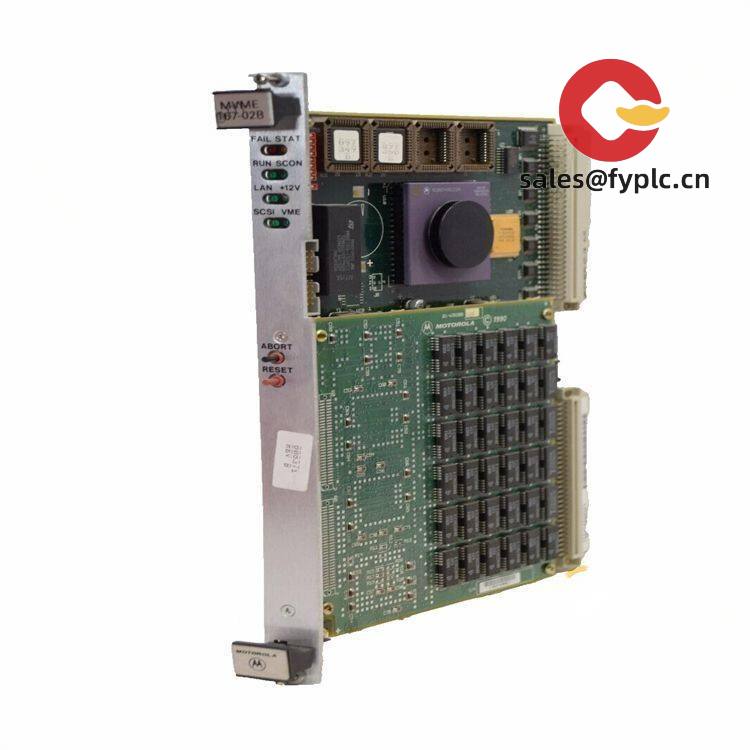

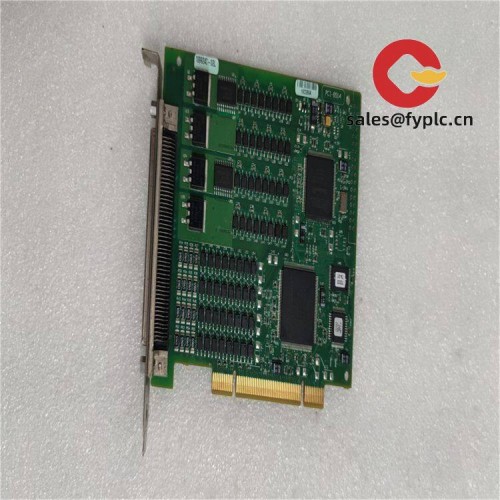
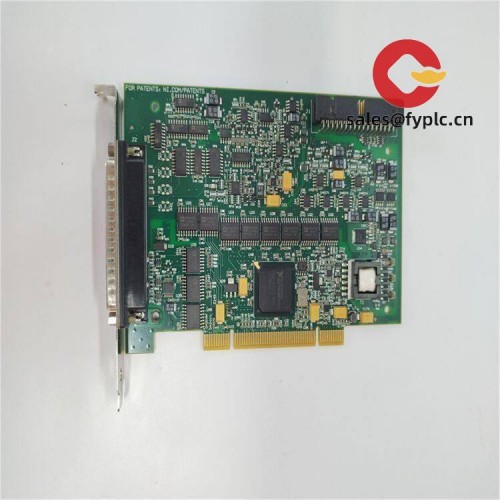
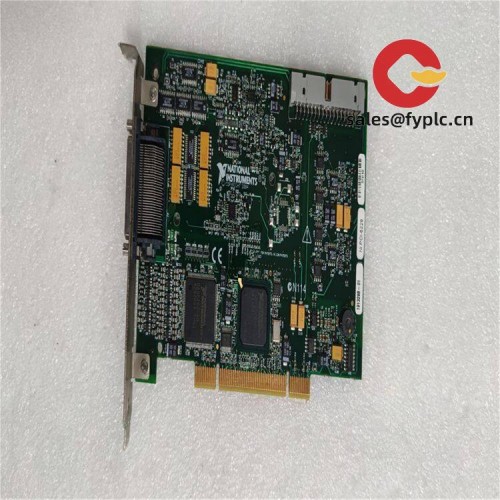



Reviews
There are no reviews yet.